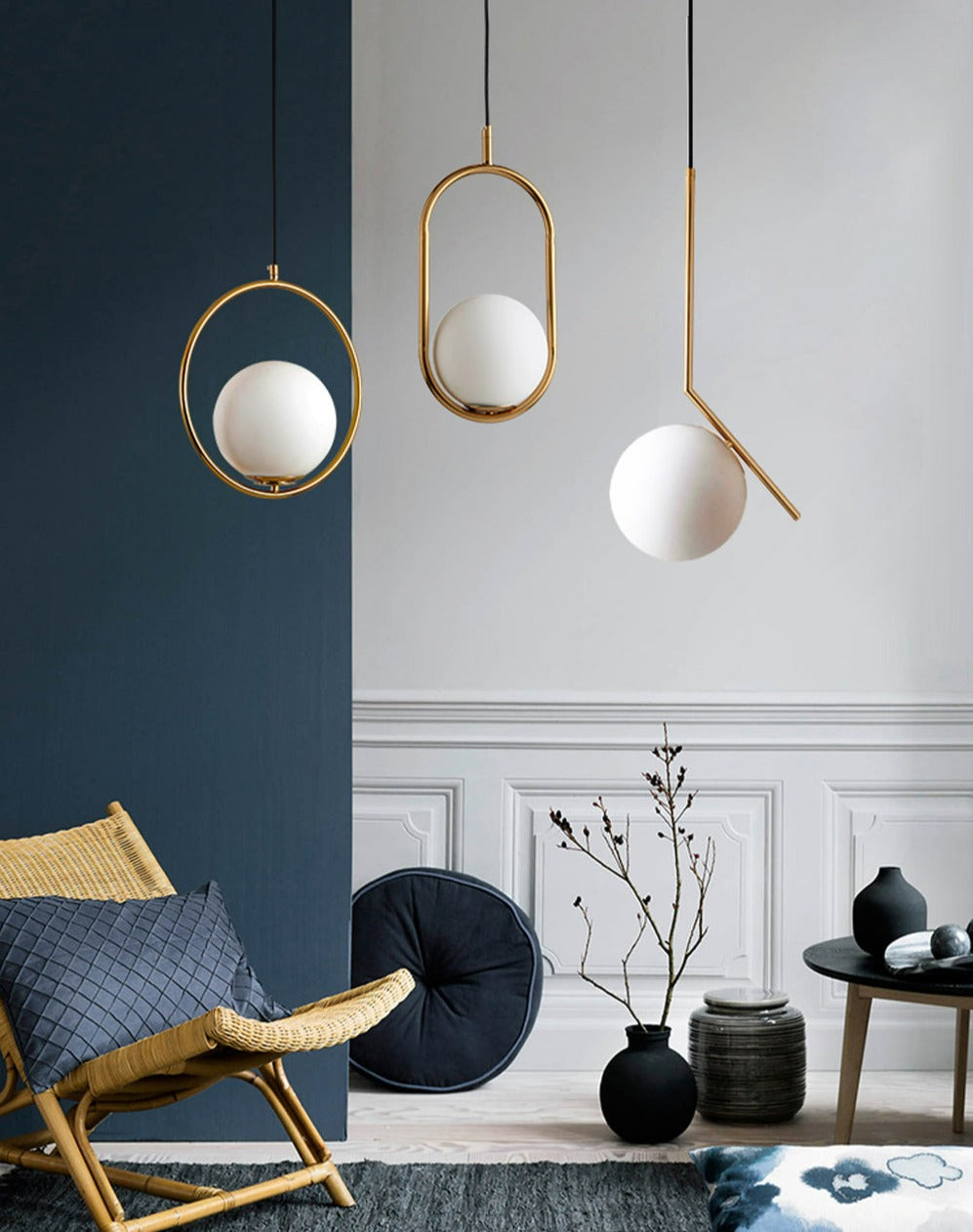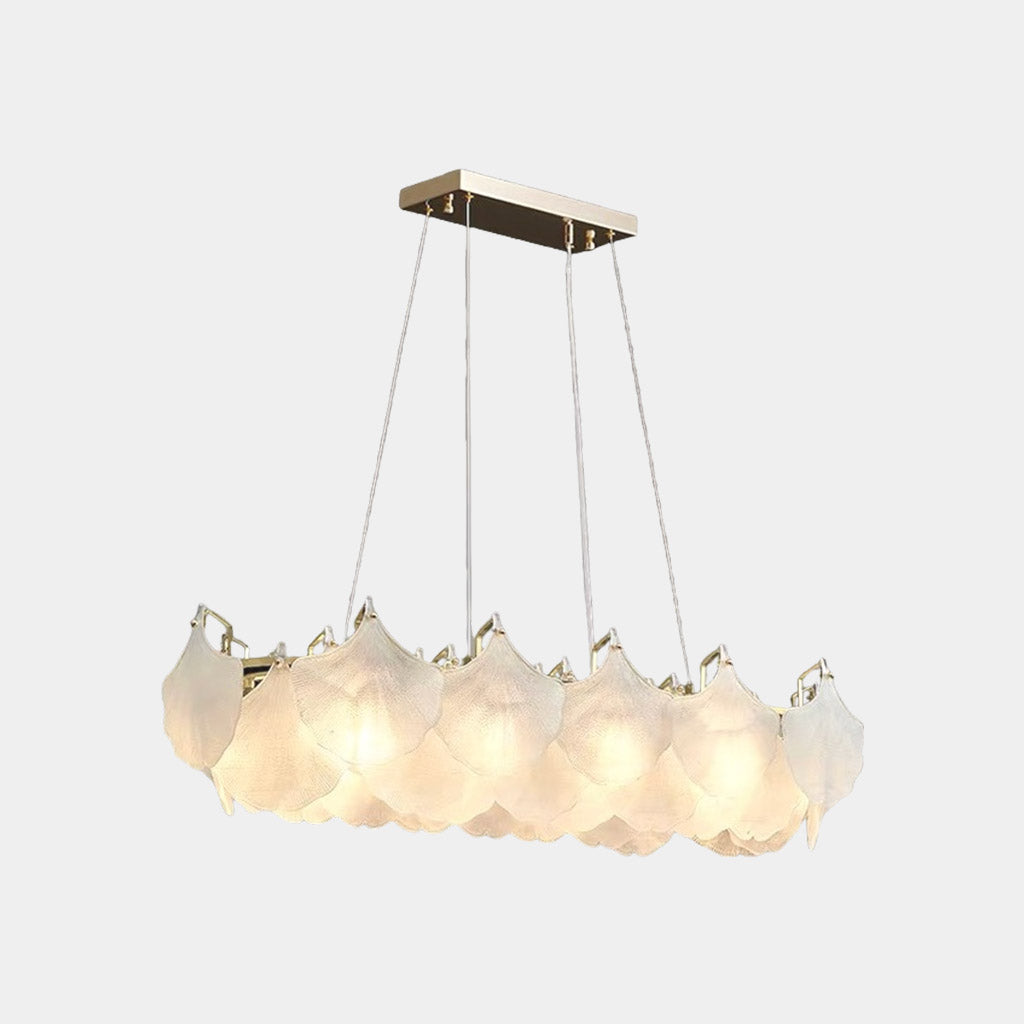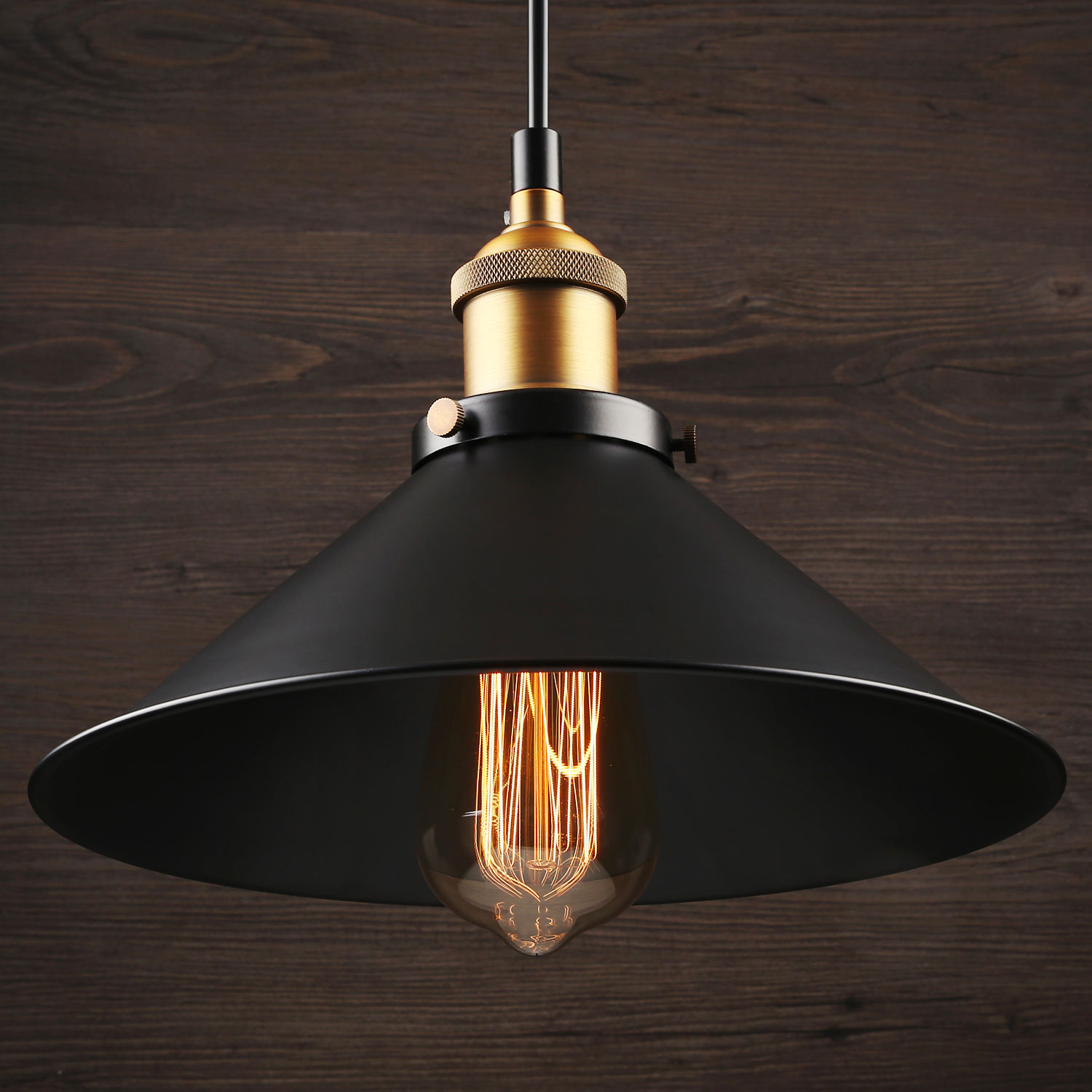The Do’s and Don’ts When Buying a Pendant Light for Dining Rooms
A Comprehensive Overview to Setting Up and Preserving Your Pendant Light
Keeping a necklace and setting up light needs careful planning and implementation. Correct elevation dimensions can improve both capability and style. Vital devices and a clear installment process are critical for an effective setup. Regular maintenance warranties longevity and performance. Recognizing these components can change a room. Recognizing where to start could seem intimidating. What steps should one focus on to attain the ideal outcomes?
Recognizing Pendant Light Styles
While numerous home owners seek to improve their areas with Pendant illumination, comprehending the different styles available is vital for making an enlightened choice. Pendant lights come in a multitude of styles, each offering special aesthetic and functional benefits. Typical Pendant lights usually feature traditional shapes and products, such as glass or steel, providing an ageless appeal. Contemporary designs, on the various other hand, may include strong shades and cutting-edge products to develop striking focal points.
Industrial-style necklaces frequently utilize raw products like subjected bulbs and rustic surfaces, ideal for lofts and modern setups. For a much more whimsical touch, vintage-inspired choices stimulate fond memories with elaborate information and retro coatings. Furthermore, minimal layouts focus on simplicity and clean lines, interesting those that favor underrated style. Understanding these diverse styles permits house owners to choose Pendant lights that not just matches their decoration but likewise serves their functional lights needs successfully.
Measuring the Perfect Elevation for Your Pendant Light
Just how does one establish the excellent height for a pendant light? To accomplish the finest performance and visual charm, several elements need to be considered. Generally, a pendant light must hang 30 to 36 inches above an eating table to assure adequate illumination without blocking views. In rooms with high ceilings, the fixture might be positioned slightly higher to maintain proportionality.
For kitchen area islands, a height of 28 to 34 inches above the countertop is normally recommended, permitting for sufficient light coverage while preserving an inviting atmosphere. In living areas, the Pendant should be hung at a height that complements the bordering style and does not develop a hazard for people strolling beneath it.
Ultimately, personal choice and space dimensions play significant functions in establishing the perfect height. Evaluating numerous heights before last installation might assist attain the preferred effect and performance.
Tools and Materials Needed for Setup
Effective installation of Pendant lights calls for a certain collection of products and devices to assure a smooth procedure. Necessary devices consist of a screwdriver, cord stripper, and a drill, which assist in safe fixture add-on and correct electrical wiring. A voltage tester is critical for verifying security by making sure that power is off before starting any type of electric job.
Along with tools, certain products are required for installment. These consist of the Pendant light fixture itself, electric wiring, wire nuts for safe connections, and mounting hardware. A ceiling hook might likewise be required, depending on the component's style.
For included security and comfort, a ladder will aid in getting to high ceilings, while a degree ensures that the light hangs uniformly. Preparing these tools and materials in advance improves the setup process, making it more reliable and effective. Proper prep work is important to attaining a successful Pendant light installment.
Step-by-Step Installation Refine
With the essential devices and materials gathered, the installation process for Pendant lights can start. First, the power supply ought to be turned off at the breaker to guarantee safety and security. Next, the placing brace needs to be connected to the electric box in the ceiling. After protecting it, the electrical contractor's tape must be utilized to cover any type of exposed wires.
Adhering to that, the Pendant light's wires are connected to the corresponding cables in the ceiling: black to black (or red), white to white, and environment-friendly or copper for ground. When the links are made, they ought to be safeguarded with cord nuts.
The Pendant light can then be connected to the mounting brace, making sure it hangs at the desired height. Ultimately, the light bulb is inserted, and the power is transformed back on at the breaker, enabling the new Pendant light to light up the room.
Maintaining and Cleaning Your Pendant Light
What actions should be required to assure the longevity and visual appeal of Pendant lights? Routine upkeep and cleansing are necessary in maintaining their charm and functionality. Dust and dirt can collect on Pendant lights, reducing their sparkle. To cleanse, a soft, lint-free cloth or microfiber towel should be used, in addition to a mild cleaner ideal for the surface area product - Pendant Light. For glass or crystal necklaces, a glass cleanser can improve clearness without streaks
It is a good idea to shut off the light and allow it to cool prior to cleansing. Additionally, examining the component for loosened light bulbs or connections occasionally guarantees security and height performance. If suitable, changing bulbs regularly avoids stress on electric components. Finally, maintaining a secure environment by avoiding exposure to dampness can significantly extend the life of Pendant illumination. Adhering to these steps will keep Pendant lights looking their best while working efficiently.
Repairing Common Pendant Light Issues
When pendant lights breakdown, a number of typical problems might emerge, consisting of flickering light bulbs, incorrect installation, and voltage changes. Determining the origin is vital for effective repairing and ensuring peak performance. Addressing these issues immediately Click This Link can improve the longevity and performance of Pendant lighting components.
Flickering Light Bulbs
Flickering light bulbs can be a resource of frustration for house owners, usually indicating underlying electric concerns or simple upkeep demands. This sensation might originate from loosened bulb links, where the bulb is not safely matched the socket, causing periodic get in touch with (Pendant Light). In addition, malfunctioning or aging bulbs might flicker as they near completion of their life expectancy. An additional common reason is irregular voltage, which can arise from problems within the electrical system or straining circuits. Homeowners ought to likewise look for damaged wiring, as this can cause flickering and present security dangers. Prompt replacements and normal inspections are essential to guarantee correct performance and to maintain a secure home setting. Identifying the origin promptly can stop further difficulties

Inaccurate Setup Concerns
Inappropriate installation of Pendant lights can cause a series of issues that might resemble those created by flickering bulbs. Common problems include loose electrical wiring connections, which can interfere with the flow of power and lead to periodic lights. In addition, if the placing bracket is not safely secured, the Pendant might hang unevenly, developing an unpredictable fixture that can create resonances or sound. Incorrect bulb types or power level can likewise contribute to performance problems, as inappropriate light bulbs might not function effectively in the fixture. Poor spacing from the ceiling can develop darkness or minimize light distribution, lessening the designated impact of the Pendant light. Identifying and resolving these installment errors is crucial for accomplishing appropriate functionality and aesthetic appeal.
Voltage Fluctuation Troubles
Although Pendant lights can improve a space's setting, voltage changes can result in substantial performance issues. These changes might trigger flickering lights, lowered illumination, or perhaps early light bulb failing. To identify such problems, one need to first check the light's compatibility with the voltage supply. Making use of a multimeter can aid measure voltage levels and identify abnormalities. If voltage concerns linger, it may be required to inspect the electrical system for loosened connections or damaged wiring. In some situations, speaking with a licensed electrical contractor is advisable to ensure safety and compliance with local codes. Correctly dealing with voltage fluctuations not only improves the efficiency of Pendant lights but also extends their lifespan and improves total lighting top quality.
Enhancing Your Room With Pendant Light Positioning
Effective Pendant light positioning can significantly improve a space by adhering to ideal height standards, guaranteeing the best lighting degree. Layering these lights with other sources can produce a well balanced ambience, highlighting focal points within the area. Attaining an unified look requires careful factor to consider of both the fixture's placement and its partnership with surrounding elements.
Ideal Height Standards
When considering the excellent informative post elevation for Pendant lights, a general standard recommends hanging them approximately 30 to 36 inches above a countertop or table surface. This height permits maximum lighting while making certain that the light does not obstruct views or develop hazards. In dining areas, Pendant lights ought to be positioned to improve the dining experience, normally around 28 to 34 inches over the table. For cooking area islands, preserving uniformity across numerous necklaces can produce a cohesive look; spacing them uniformly and adhering to the recommended height boosts performance. It is necessary to take into account ceiling height as well, as higher ceilings might require changes to keep proportionality and visual allure. Correct height positioning substantially adds to the general atmosphere of a space.
Layering With Various Other Lights
As Pendant lights are incorporated right into a broader lighting layout, they can substantially improve the atmosphere of an area. Their versatility enables them to be layered with ambient, task, and accent lights, developing a harmonious balance. For instance, integrating pendant lights with recessed lighting can supply basic lighting while highlighting certain locations. Task lighting, such as under-cabinet lights, can complement pendants in kitchen areas, making certain performance without compromising design. Accent lights, like wall sconces, can better enhance the atmosphere, accentuating art work or architectural attributes. By strategically positioning these source of lights, homeowners can achieve depth and dimension, transforming an average area into a magnificently lit up establishing that satisfies different tasks and moods.
Focal Points and Balance

Purposefully placed Pendant lights can function as captivating prime focus within an area, drawing the eye and improving the overall visual. When choosing pendant lights, it is critical to take right into account their dimension, color, and form to assure they enhance the existing style. A strong, extra-large Pendant can create a striking centerpiece above a dining table, while smaller fixtures might function better in clusters to attain a well balanced appearance. Furthermore, placing Pendant lights at differing elevations can add deepness and visual passion to the room. Keeping balance with various other elements, such as furniture and wall shades, will certainly make sure that the Pendant lights boost the space without frustrating it. Thoughtful positioning click to investigate transforms the ambiance, producing an unified and inviting ambience.
Regularly Asked Questions
Can I Set Up a Necklace Light in a Recessed Ceiling?
The question of whether a necklace light can be set up in a recessed ceiling typically occurs. Generally, it is possible with suitable placing hardware, ensuring appropriate support and electrical links for risk-free and effective installment.
What Kind of Light Bulb Is Ideal for Pendant Lighting?
When selecting bulbs for Pendant lights, LED choices are frequently favored because of their power effectiveness and long life. In addition, the color temperature level must match the preferred setting, with cozy white being a prominent selection for comfortable setups.
Are Pendant Lighting Safe for Outdoor Usage?

Exactly how Do I Choose the Right Pendant Light Wattage?
Picking the right Pendant light electrical power includes evaluating the space's size, preferred brightness, and fixture compatibility. Normally, lower electrical powers fit ambient lighting, while higher power levels supply task illumination, guaranteeing capability and visual allure.
Can I Utilize a Dimmer Change With My Pendant Light?
The concern occurred whether a dimmer button could be made use of with a necklace light. Usually, if the lighting fixture and light bulb are compatible, a dimmer button can efficiently improve ambiance and control illumination levels.
When pendant lights breakdown, a number of typical concerns may emerge, consisting of flickering light bulbs, wrong installation, and voltage variations. Inappropriate installation of Pendant lights can lead to a range of concerns that may appear like those created by flickering light bulbs. Inadequate spacing from the ceiling can create darkness or lower light distribution, decreasing the designated result of the Pendant light. Effective Pendant light placement can substantially enhance a room by adhering to ideal elevation standards, guaranteeing the right illumination level. When picking light bulbs for Pendant lights, LED choices are often liked due to their power efficiency and durability.